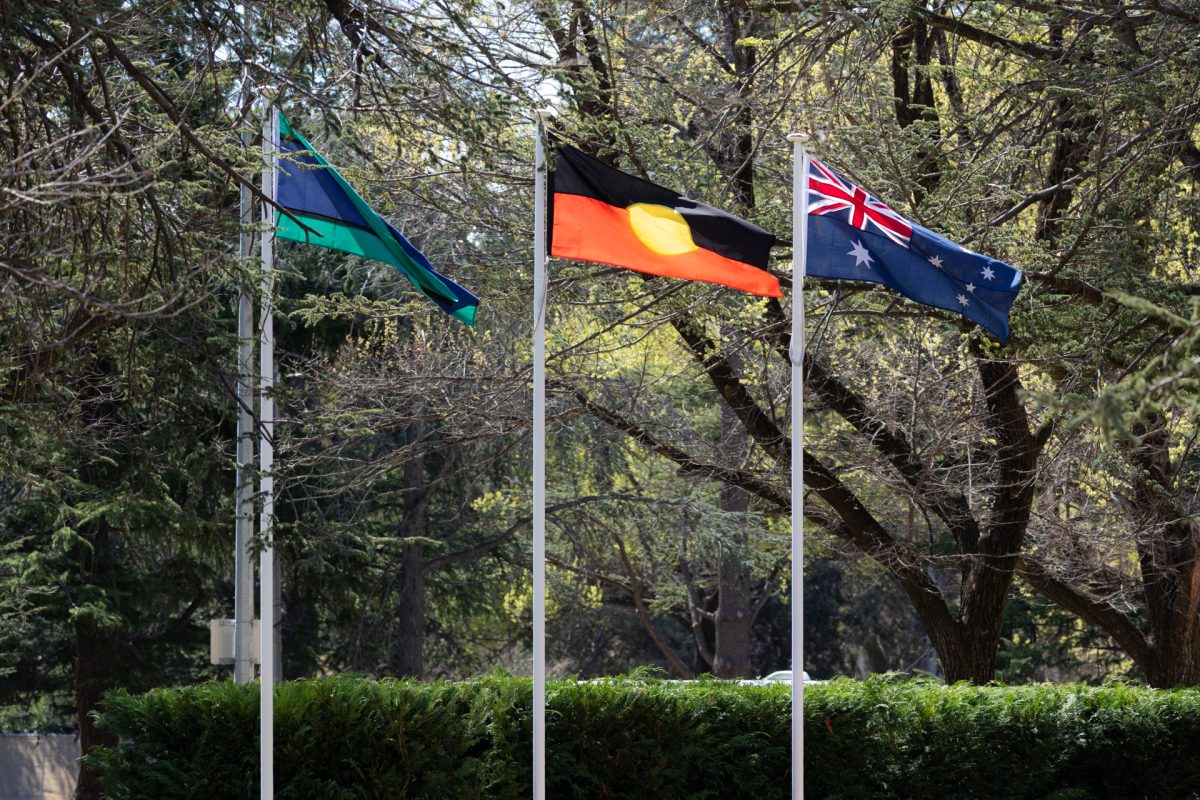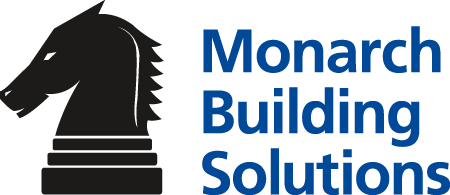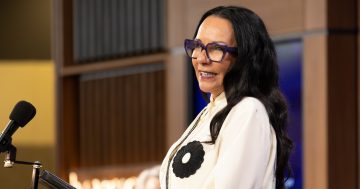
Some progress has been made towards Closing the Gap, while other areas need much more commitment. Photo: Michelle Kroll.
It’s been a year since Australians voted to reject the idea of First Nations being recognised in the Constitution and of there being an Indigenous Voice to Parliament.
As was witnessed, the campaign was divisive and, at times, got quite ugly.
The debate and outcome hurt the country, but it also very much wounded Anthony Albanese’s prime ministership and government.
Talk of a ‘one-term’ government only really started gathering momentum following the 14th of October last year.
While that still wouldn’t be considered a safe bet, Labor losing seats at the next election is a more likely outcome.
Putting aside the damage the referendum has caused the ALP and the PM, in particular, the anniversary offers a good opportunity to ask how Indigenous Australians are faring one year on.
While there was much talk throughout the campaign of the status quo not working, it’s the status quo that Australians (outside of the ACT) voted for.
Linda Burney stepped aside from her role as Minister for Indigenous Australians and announced her retirement from politics – and it’s been pretty much ‘same-old same-old’ since.
Or has it?
The Coalition of Peaks, which is a representative body of more than 80 Aboriginal and Torres Strait Islander community-controlled peak bodies (which together represent about 800 organisations in total), used the occasion of the referendum’s anniversary to highlight the progress that has been made towards Closing the Gap.
It uses the term “real progress” in certain areas while recognising where much more work is needed.
Lead convenor and Gudanji-Arrernte woman Patricia Turner said progress was indeed being made under the National Agreement on Closing the Gap, which the Coalition of Peaks signed along with federal, state and territory governments in 2020.
“The agreement is about recognising that we, as Aboriginal and Torres Strait Islander people, know what is best for our own communities,” Ms Turner said.
“For too long, governments had made laws and designed programs for us, not with us. There’s been tick-a-box consultation, if any at all.
“The National Agreement on Closing the Gap changes that, and real progress has been made in areas like employment and early childhood education.
“But the changes have to be systemic and they have to be long-term. There’s important work still to do to make sure the rubber’s hitting the road, funding is getting to communities, and governments are truly changing.”
Progress made in the year that’s passed, the organisation says, includes children in care being more connected to their culture and kin.
Indigenous children are more than 11 times as likely to be in out-of-home care than non-Indigenous children, and the evidence shows they do better when they remain connected to culture and kin.
Just last month, mainstream out-of-home care providers, under the Allies for Children, announced they would be handing the reins to Aboriginal community-controlled organisations.
That alone – connecting children with their own culture – is progress well achieved.
Another positive development is that there are now federal policy partnerships on justice, early childhood care and development, social and emotional well-being, housing, and Aboriginal and Torres Strait Islander languages.
Another policy partnership is being established on economic development.
The Coalition of Peaks notes that there have been “concerning and regressive steps” made on youth justice, particularly at the state and territory level.
“Imprisoning vulnerable children, many of whom have developmental delays that make their decision-making capacity that of seven or eight-year-olds, flies in the face of what state and territory governments signed up to under the National Agreement on Closing the Gap,” Ms Turner said.
The Federal Government’s agreements with the states and territories on funding for schools and homelessness are also floundering.
“Major national funding agreements must quarantine funds for Aboriginal and Torres Strait Islander community-controlled organisations, or we will simply see more of the same – money wasted on programs that aren’t designed by us and don’t work for us,” Ms Turner said.
In 2020, all Australian governments committed to establishing independent, Aboriginal and Torres Strait Islander-led bodies to improve the way government agencies like police, courts and child protection work with Aboriginal and Torres Strait Islander people.
They all committed to having these bodies established by the end of last year, but none of them have.
The Coalition of Peaks brought the Indigenous groups together on their own as an act of self-determination to be formal partners with Australian governments on Closing the Gap.
It’s very much the organisation’s job to point out policy areas that still need much attention.
But how dignified it is – on the very anniversary of the referendum that rejected their voice – to have firstly highlighted the positive and pointed out where “real progress” has actually been made, despite the setback they experienced at the hands of most Australians a year ago.
Original Article published by Chris Johnson on Riotact.








